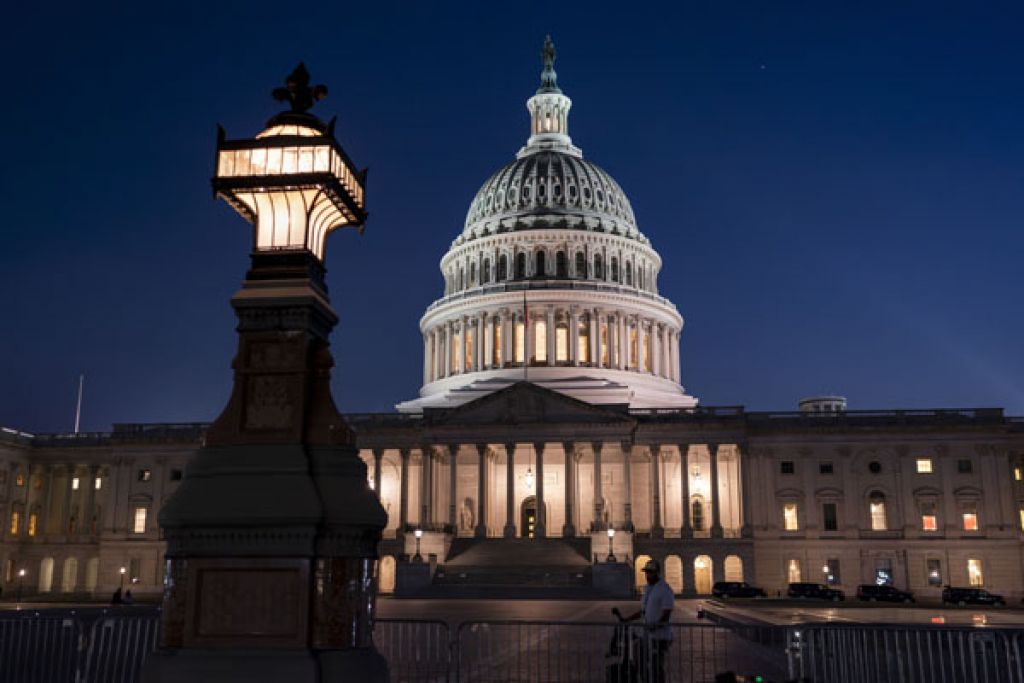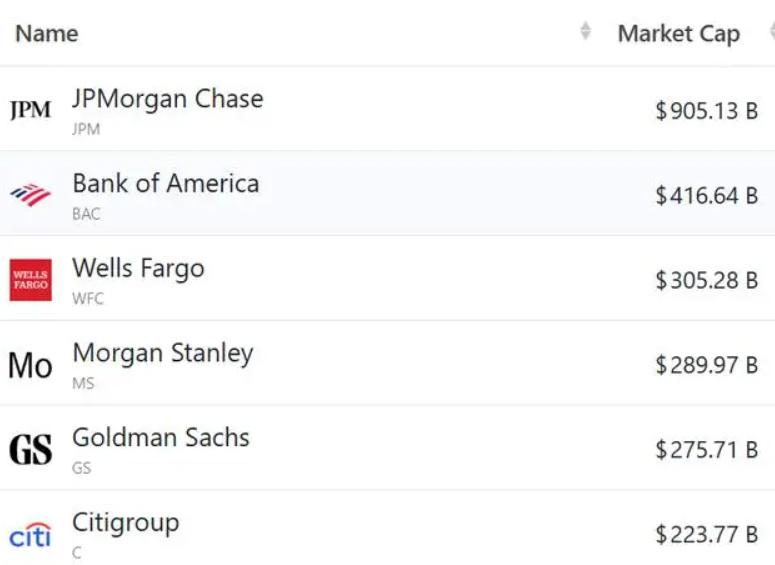
The US federal government's funds will run out by midnight on September 30, facing the risk of a "shutdown", which may lead to the delay of the release of the September jobs report and inflation data originally scheduled for October - the Federal Reserve may make crucial decisions in the dark. The direct cause of this crisis was the sharp opposition between the two parties over the issue of subsidies under the Affordable Care Act. Neither side was willing to compromise first, making government operations a bargaining chip in political games.
Unlike previous government shutdowns, this time the White House Office of Management and Budget has issued memorandums to various federal agencies, asking them to prepare for large-scale layoff plans during the government shutdown. These memorandums explicitly require agencies to lock in two types of projects: those for which funding will be cut off if Congress fails to reach an agreement by the deadline, and those for which there are no alternative sources of funding. This means that the relevant positions may be permanently abolished, breaking the past convention of going from suspension to resumption and then back to position restoration.
The government shutdown may lead to the postponement of the release of the September employment report and inflation data, which were originally scheduled for October. According to the operational contingency plan released by the US Department of Labor earlier this year, if the federal government shuts down, all data collection and scheduled release activities will cease. If the government shutdown is prolonged, the release of the Bureau of Labor Statistics data will continue to be delayed, which means that the Federal Reserve may lack a series of key economic statistics on employment and inflation before the October monetary policy meeting. "The Federal Reserve may be flying blindly," Nomura analysts warned. "Without updated data, the central bank may stick to its current outlook without any certainty that this path reflects reality."
The impact of the government shutdown goes far beyond data delays. If the closure takes effect, financial regulation will fall into crisis. The contingency plan of the U.S. Securities and Exchange Commission envisions the vast majority of employees being sent home, leaving only a core team to handle documents and maintain order in the stock market. Similarly, the Commodity Futures Trading Commission will lose almost all its staff and stop releasing futures and options reports that traders rely on to assess market sentiment. The paralysis of these institutions may lead to the drying up of IPO activities, threaten market stability, and increase the risks of policy-making.
From a historical perspective, the government shutdown crisis in the United States is not a new phenomenon but rather a structural contradiction within the American political system. Especially in the context of separate governance between the government and the Senate or when the seats in the parliament are close, there will be frequent negotiation strategies of "shutting down" in exchange for concessions between the two parties, forcing each other to make political concessions or compromises. During the Clinton administration in 1995, due to the breakdown of bipartisan negotiations, there were two federal government shutdowns, one of which lasted for 21 days, becoming the longest government shutdown in American history to date.
To break this deadlock, a possible way out lies in the two parties returning to the negotiating table. Senate Democratic Leader Schumer and House Democratic leader Jeffries have proposed a dialogue on government funding, but it was rejected by the Republicans. It is worth noting that the House of Representatives will not resume its session until October 1st. This arrangement lacking a sense of urgency contrasts sharply with the consequences that a government shutdown might have for many Americans. At present, it seems that the key to breaking the deadlock lies in the Senate. The Republicans need to win the support of at least seven Democratic senators to pass the government spending bill.
The countdown to the government shutdown continues, and Wall Street has already begun to prepare for a possible "data dark period". In the Federal Reserve meeting room, officials may have to rely on outdated data and economic models to make decisions that affect the global economy. As the deadline approaches, a game over economic transparency and government operation is unfolding - unfortunately, American taxpayers are once again taken hostage in this political game. In this political farce, the "disappearance" of economic data will not only affect market operations but also expose the deep-seated flaws of the US political system in responding to crises.

Driven by the Trump administration's push to relax financial regulations and the recovery of investment banking business, the market value of the six major banks in the United States has cumulatively increased by approximately 600 billion US dollars by 2025.
Driven by the Trump administration's push to relax financia…
On Christmas evening, U.S. President Trump posted on social…
According to multiple foreign media reports, the recent fin…
The middle class, once regarded as the cornerstone of Ameri…
On December 19th local time, the US military launched a lar…
The Boxing Day sunshine should have cast a false glow of pr…